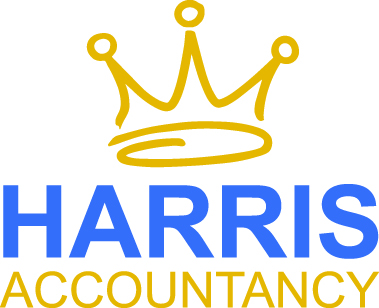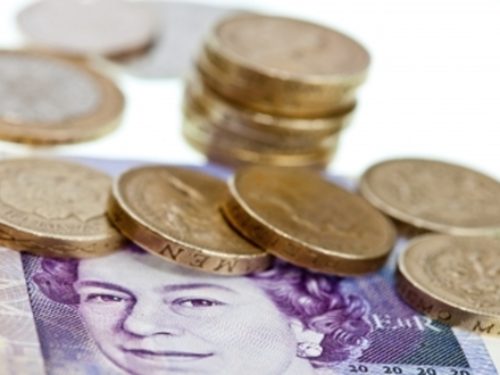 From April 2016 the Dividend Tax Credit will be replaced by a new tax-free Dividend Allowance.
From April 2016 the Dividend Tax Credit will be replaced by a new tax-free Dividend Allowance.
The allowance is available to anyone who has dividend income.
- From 6 April 2016, the notional 10% tax credit on dividends will be abolished
- A £5,000 tax free dividend allowance will be introduced.
- Dividends received by pensions and ISAs will be unaffected
- Dividend income will be treated as the top band of income
- Individuals who are basic rate tax payers who receive dividends of more than £5,001 will need to complete self-assessment returns from 6 April 2016
You’ll pay tax on any dividends you receive over £5,000 at the following rates:
- 7.5% on dividend income within the basic rate band
- 32.5% on dividend income within the higher rate band
- 38.1% on dividend income within the additional rate band
This simpler system will mean that only those with significant dividend income will pay more tax.
If you’re an investor with modest income from shares, you’ll see either a tax cut or no change in the amount of tax you owe.
The Dividend Allowance will not reduce your total income for tax purposes. However, it will mean that you don’t have any tax to pay on the first £5,000 of dividend income you receive.
Dividends within your allowance will still count towards your basic or higher rate bands, and may therefore affect the rate of tax that you pay on dividends you receive in excess of the £5,000 allowance.
The way the allowance will work in different situations is demonstrated in the examples below.
Where appropriate to the calculations, the examples use the limits that will apply from April 2016:
- Personal Allowance: £11,000
- Basic Rate Limit: £32,000
- Higher Rate Threshold: £43,000
Please download the full article (Word Doc) here >
Sources:
- www.gov.uk/tax-on-dividends/how-dividends-are-taxed
- https://www.gov.uk/government/publications/dividend-allowance-factsheet/dividend-allowance-factsheet





